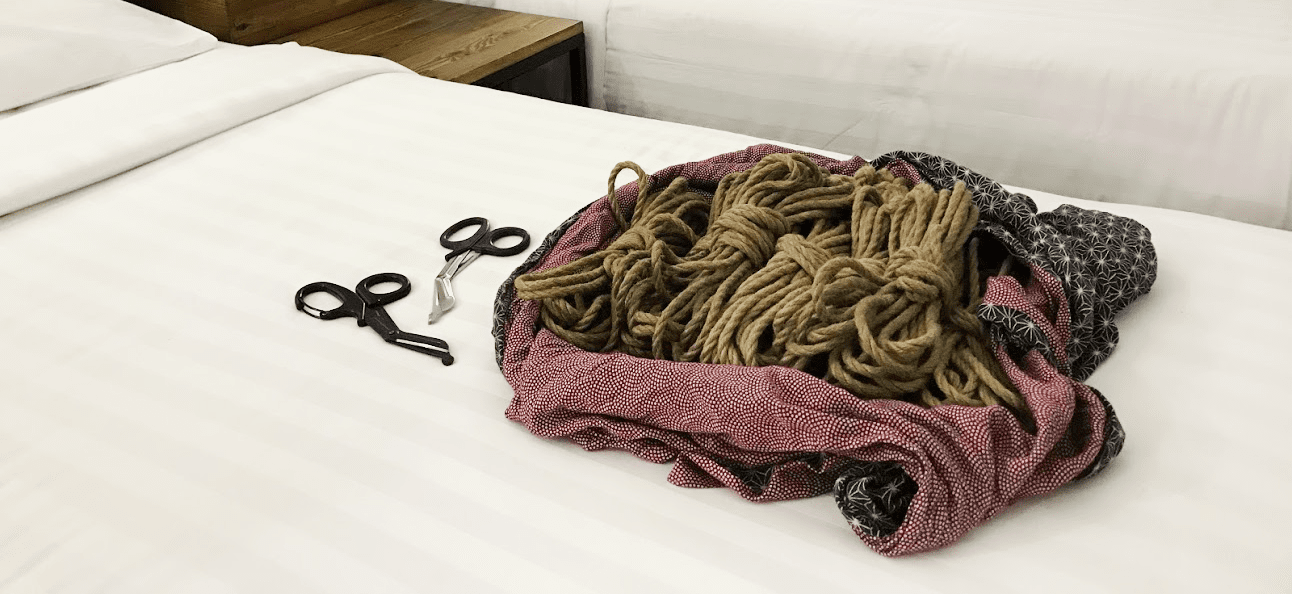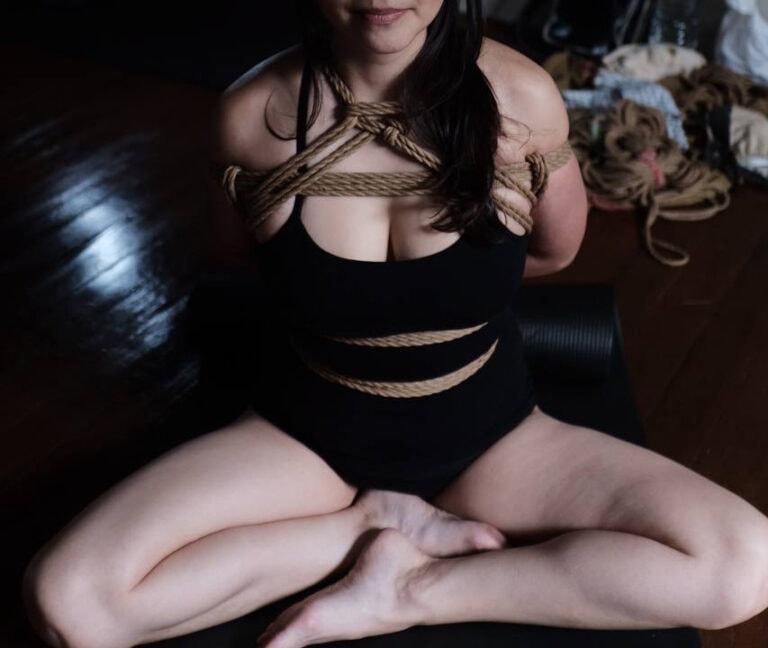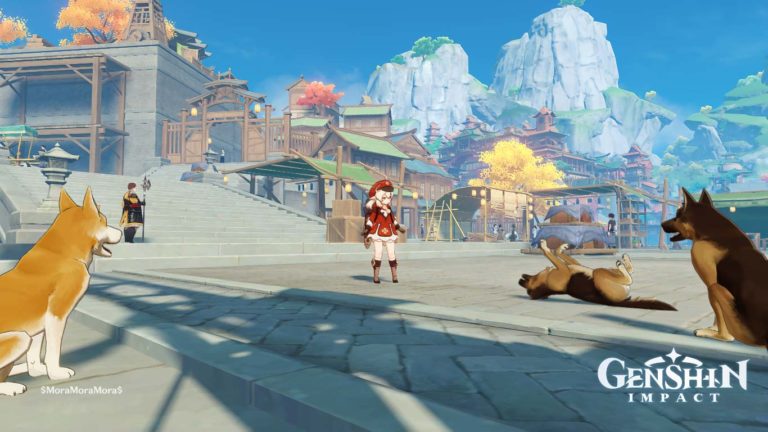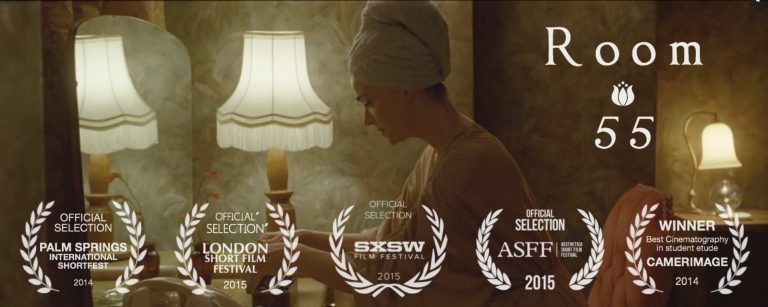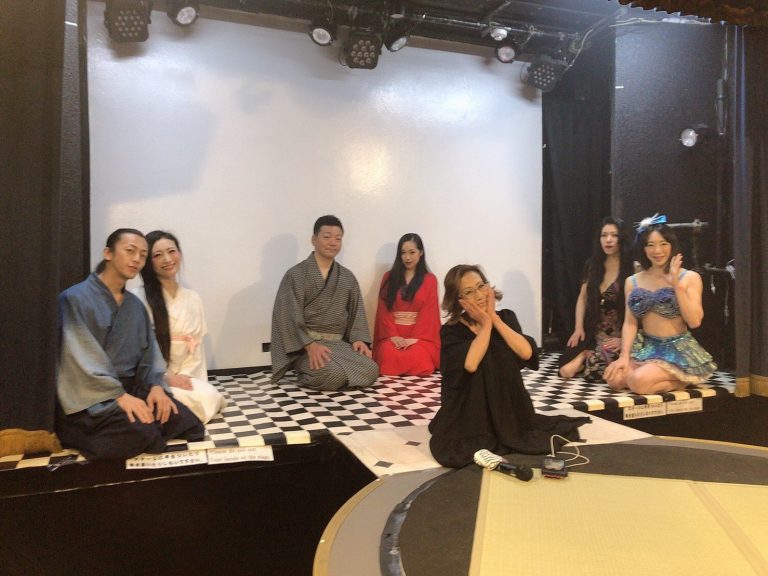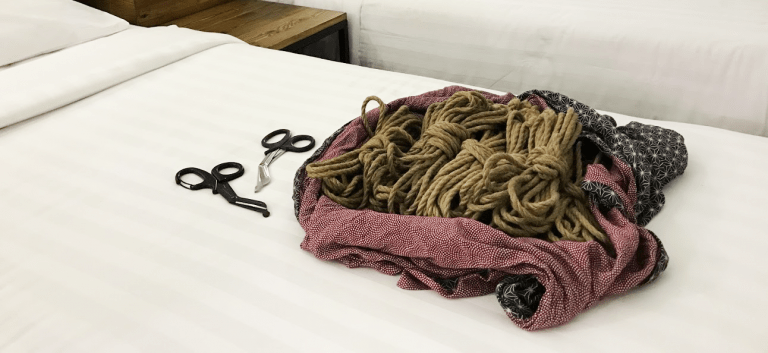Last month, one of my biggest fears came true: I caused a nerve injury on one of my friends during practice.
We were exploring the sustainability of a new position for the wrists when, during one of our verbal check-ins, my partner said something felt off. There was no pain or motor dysfunction but there was partial numbness on specific parts of the back of their hand: namely their thumb, index, and middle fingers.
We ended the practice session to prevent further harm, untied swiftly but carefully, sought professional medical help, and reviewed the causes plus what we can both do next time to avoid a repeat.
Knowing how to respond to a nerve impingement (not just prevent it) is incredibly important as it can easily become a permanent injury, or one that requires surgery to address.
Thankfully, my partner reported that the numbness was completely gone after 2-3 days.
That doesn’t mean we can take the injury less seriously. We will always carry these experiences with us, unnerving as they are. Especially our bottoming friends.
This experience is a big factor that’s been added to the list of things shaping my decisions and processes moving forward now. Whether it’s before, during, or after the session proper, I’ve made adjustments to things like my negotiation style, choice of positions, and assessment of rope space to reduce the likelihood of future injuries—no matter whose fault or how accidental.
Silence vs Sharing
Our experience got me thinking about how we as a community deal with kink injuries in general.
Even with diligent study, relentless practice, and constant check-ins—accidents can still happen. More so when we don’t exercise those preventive measures.
The thing is though: we can’t always think of exercising those measures if we’re ignorant about them.
Whether they’re caused by miscommunication, inexperience, malice, or neglect—sweeping these discussions about injuries under the rug robs us of the opportunity to learn from and prevent them.
To set a better standard for myself, I’m adopting a more active and open stance about sharing:
- my failures in my kink practice,
- the lessons I’ve learned in the process, and
- my forward steps for recovery & improvement
So far, I’ve contributed to two nerve injuries on my rope partners: (a) one resulting in temporary partial motor impairment in ~2016, and (b) last month’s temporary partial sensation loss.
The next time we’re at a hangout or munch (even if you don’t intend to work with me), please feel free to ask me about these and hear more. To better inform rope newbies, I will also be sharing my experiences during the risk review section of my intro events where questions are encouraged.
Through these discussions, I hope to offer you and your partners the insights I’ve gleaned so you won’t need to go through the experiences yourself; as well as model one way that a discussion on these types of situations can be conducted constructively.
If we’re lucky, I’m hoping other people will consider doing the same.
Empathy over Embarrassment
I’m extremely grateful that my partners have recovered well and the incidents were resolved positively—but this is also an important time to mention that these turnouts aren’t based on luck.
I believe positive outcomes and progress are the result of people wanting to do right by the people they’re working with: by studying as much as we can for prevention, being especially empathic during the time of the injury, and being honest when owning up to our actions that contributed to the harm.
Through these, we take concrete steps to mend our relationships, learn from our mistakes, and mitigate the risk of future occurrences.
Let’s talk about these things even if they’re uncomfortable or embarrassing so that others won’t need to make the same mistakes.
Do you have suggestions on how we can inspire others to prevent and handle injuries a lot more compassionately and constructively?
My inbox is open. Let’s figure this out and share what we learn.
Dee

